There is a tree/plant called the Custard Apple Tree, which stands vertically and has a large round-shaped trunk with half-open flowers. People can use the majority of the plant for cooking, but it also has medical uses, which most of us did not know about.
The Custard Apple Plant
It is an evergreen tree which means it does not go brown in the winter months. It stands at about two meters high. The fruit will grow in the mature branches. The fruit is whitish and has a sugary taste. Inside the fruit the seeds are black. Do not be tempted to eat them because they are poisonous.
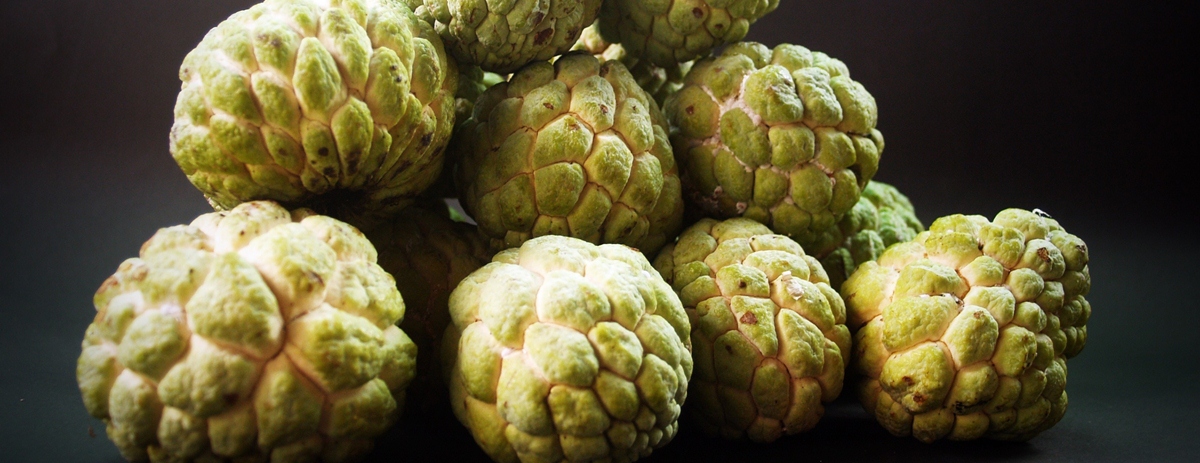
The Mexican Custard Apple
This particular fruit is more oval and is native to the Andes. The skin cannot be eaten, it has a brown color and turns nearly black when it becomes ripe. Its flesh inside is very juicy and has got sweet taste.
The Medicinal Uses
The main nutritional value of the apples is in the acids. There is a sense in the old saying, an apple a day keeps the doctor away. The acid in the apple assists in the digestion of the actual fruit as well as the digestion of other foods present in the stomach. Why do you think people have passed down recipes where it is recommended to cook port and add apple? Less popular recipes are the ones of apple pies with cheese. The reason for the existence of all these recipes is apples' power of digestion.
The Sugar Apple is also called Sitafal. The sugar apple or custard apple is also known as Annona squamosa which fits in with the family Annonaceae. This tree is also around two meters high, and the actual fruit is completely edible. It can be located in deciduous forests and areas in India. The actual pulp of the apple can be eaten or used as a juice.
- Annona squamosa is known for its edible fruits, and the tree grows as a small sapling, rising from 3 m and reaching up to 8 m, with large, randomly spread branches having brownish or light brownish bark with thin leaves.
- Annona squamosa has been utilised as a natural medicine and in various other food applications, e.g., its pulp is utilised as a flavouring agent in ice cream, and 50–80% of custard apple fruit is edible and can be pulped as juice. It contains appreciable vitamin C in the range of 35–42 mg per 100 g, and dietary fibre, vitamin B1 (thiamine), and potassium contents are also notably high.
- Leaves of custard apple plants have been studied for their health benefits, which are attributed to a considerable diversity of phytochemicals. These compounds include phenol-based compounds, e.g., proanthocyanidins, comprising 18 different phenolic compounds, mainly alkaloids and flavonoids. Extracts from Annona squamosa leaves (ASLs) have been studied for their biological activities, including anticancer, antidiabetic, antioxidant, antimicrobial, antiobesity, lipid-lowering, and hepatoprotective functions. In the current article, we discussed the nutritional and phytochemical diversity of ASLs.
- A study conducted at four different sites in Egypt showed the highest protein content in ASLs compared to seeds and fruit. ASLs from Menofia showed a protein content of 13.47 mg/g on a fresh weight (FW) basis, whereas ASLs from Mansoura demonstrated the highest protein content of 17.26 mg/g FW.
- ASLs possess appreciable concentrations of various minerals, such as phosphorus (P), potassium (K), iron (Fe), calcium (Ca), magnesium (Mg), sodium (Na), copper (Cu), selenium (Se), and zinc (Zn), and vitamins, namely, A, C (ascorbic acid), E, B1 (thiamine), B2 (riboflavin), B3 (niacin), and B9 (folic acid).
A Great Grape Apple Salad Recipe
There are many different ideas for apple recipes, but the grape apple salad is considered one of the best recipes ever. Custard Apples have a lot of proteins. However, the custard apple does not only have proteins but also contains fiber, minerals, vitamins, and a small amount of fat. It provides your body with energy. This tree is an outstanding source of vitamin C, and it is full of vitamin B6, as well as magnesium and potassium.


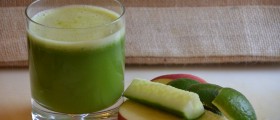
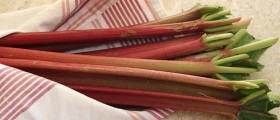


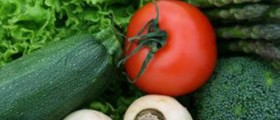




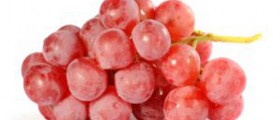
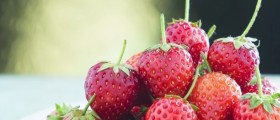

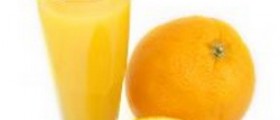
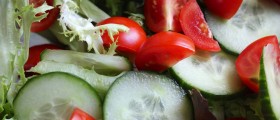

Your thoughts on this
Loading...